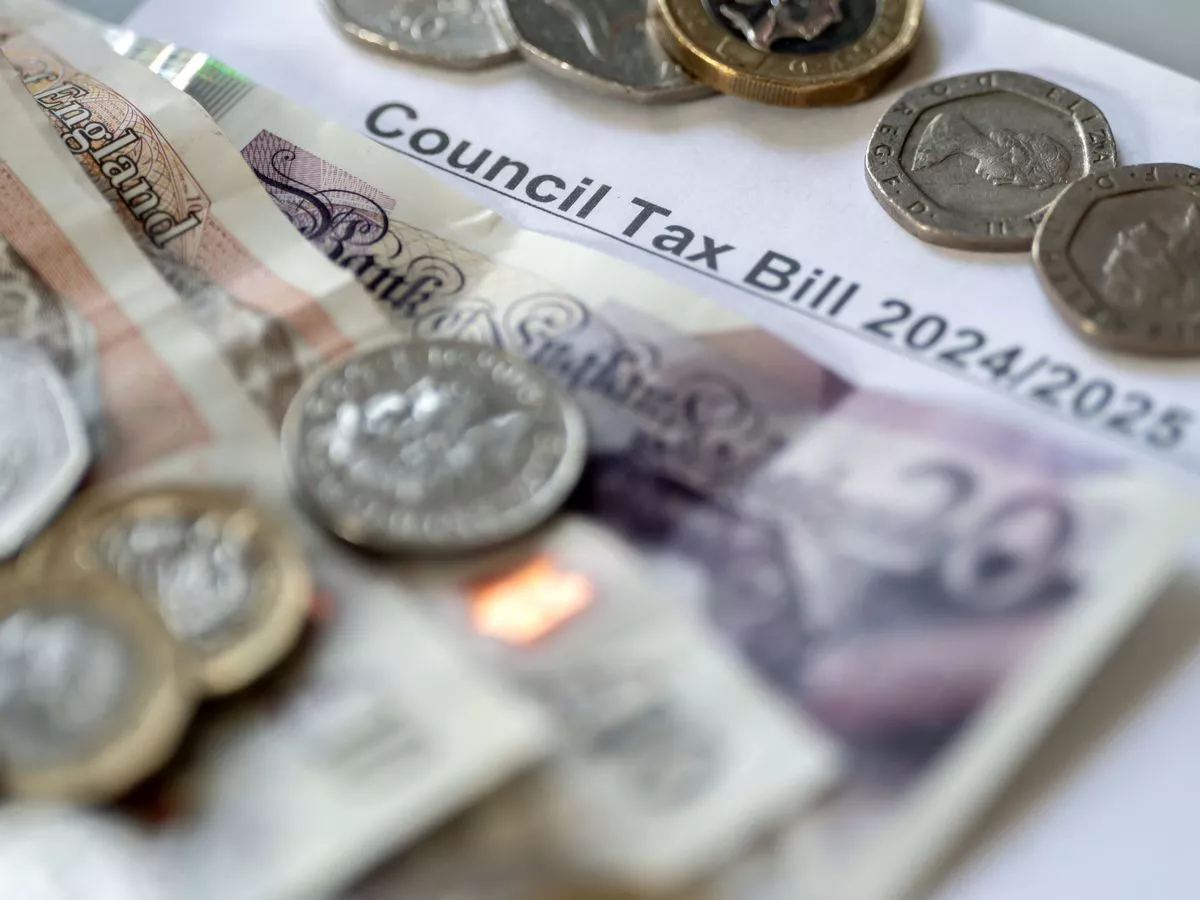By Fionnuala Boyle
The UK’s financial climate is precarious and ever-changing, to say the least. From the cost of living crisis to the ongoing energy crisis, Brits are being forced to tighten their belts and watch what they’re spending day to day. New figures from the Office for National Statistics (ONS) show just how tough things are right now. More than 2.7 per cent of gas and electricity direct debits failed in April because there wasn’t enough money in people’s accounts. At the same time, more people are missing loan repayments, often taken out to cover everyday costs . But how healthy is the UK’s economy compared to other countries in the world, and how deep in debt are we? Well, the picture isn’t too pretty across the world when it comes to the total sum of money owed by governments. In fact, global public debt has soared dramatically past a record $100 trillion (£74.4trn), according to Love Money . One contributing factor is rising tariffs. In recent months, the UK has held a series of engagements aimed at securing a reduction in the tariffs Mr Trump imposed on Britain and the rest of the world on April 2. Along with 10 per cent tariffs on all British goods, the president imposed 25 per cent levies on cars and steel. He later increased the tariff on steel to 50 per cent, but gave the UK a reprieve, keeping its rate at 25 per cent until at least July 9. The International Monetary Fund (IMF) has warned public debt is set to soar to 100 per cent of global GDP by 2030, up from 95.1 per cent this year. But plenty of countries have already surpassed this alarming threshold. The UK’s debt-to-GDP ratio, which compares a nation’s public debt to its annual economic output, is set to climb over the next few years. The UK’s GDP is currently sitting at 103.9 per cent, but could be 106.1 per cent by the end of the decade. This would be a historic high not seen since the 1950s, when Britain was still recovering from the Second World War. The IMF has warned the UK’s high debt levels could harm economic growth and leave it vulnerable to sudden shocks. due to a significant amount of its government bonds now held by riskier hedge funds and foreign investors. Elsewhere in Europe, France is sitting at 116.3 per cent of GDP. Almost everyone is covered by the social security system in France, and its large welfare state shields households and businesses from external shocks such as the pandemic. The country is cutting an extra €4.7billion (£4bn) in spending this year, but it might not make a difference. France owes $3.8trillion (£2.82trn) and the interest payments alone eclipse the entire French defence and education budgets. Across the Atlantic, the US is sitting on the biggest public debt pile in the world, with 112.5 per cent of GDP. Government liabilities amount to a whopping $36.2trillion (£28.65trn), which is more than double what China owes. Meanwhile, Russia has the smallest current debt-to-GDP ratios out of the world’s 25 leading economies, sitting at 21.4 per cent of GDP. In 2014, Russia invaded and subsequently annexed the Crimean Peninsula from Ukraine. Since then, Russia has worked to protect its economy from sanctions, minimising external debt through strict fiscal and monetary restraint. But amid ongoing military spending as a result of the Ukraine war, and international sanctions, the Russian economy is now suffering, with Putin’s regime having resorted to aggressive borrowing. Russia is now relying on internal financing as its main lifeline, again as per Love Money .
